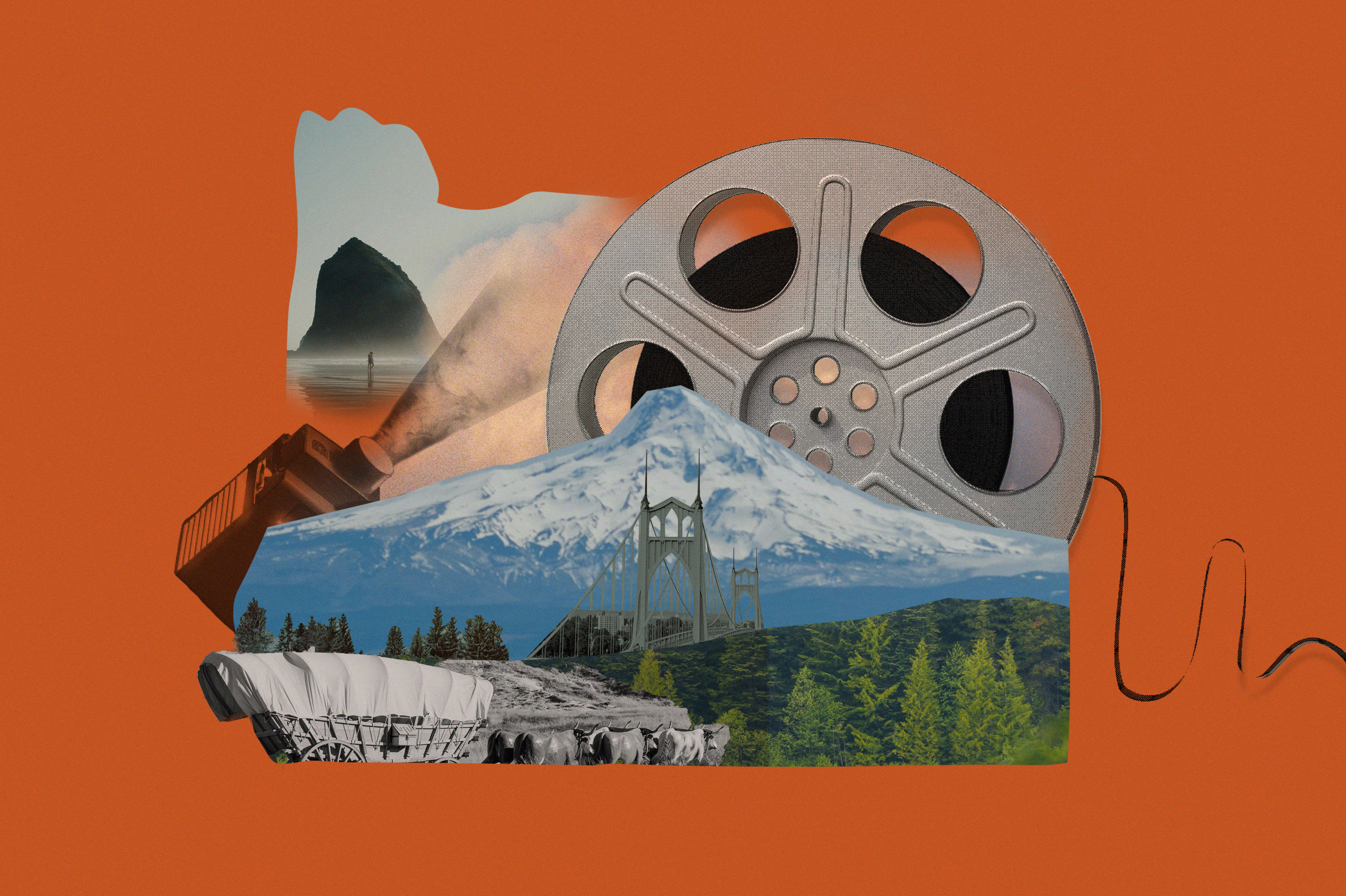A Cup Divine
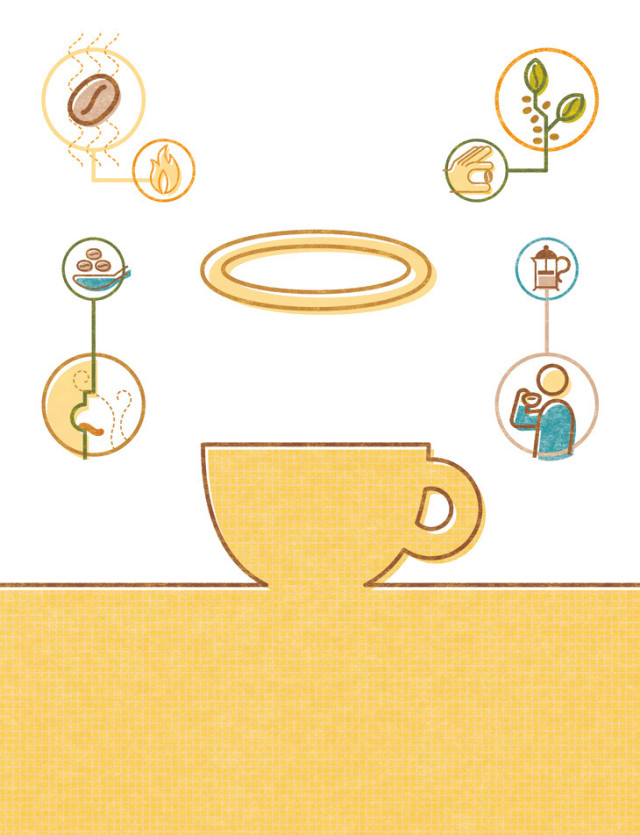
Image: Headcase Design,Headcase Design
When Sunday morning dawns, dark and damp, sometimes the only motivation for abandoning your down-comforter cocoon is the promise of a good cup of coffee. But have you ever wondered, while padding about your kitchen, waiting for the pot to expel its brew-ending burp, whether your coffee is really the best it can be?
We did. Thus began our noble quest for the perfect cup.
Luckily we live in a city that’s ideally suited for such a crusade. Portland’s coffee intelligentsia includes more than 30 roasters, four coffee-obsessed magazines, competition-winning baristas like Albina Press’s Billy Wilson and one of the largest coffee schools in the world, where javaphiles can spend an entire weekend learning how to pull a shot.
For this group of apostles, coffee isn’t just a career; it’s a calling.
From their sermons about terroir and roasting and tasting and brewing, we extracted these commandments, which we now serve to you in this handy five-part primer. We apologize in advance if, while perusing, you become a bit of a coffee snob along the way, but even if you only embrace one or two of our tips, such as buying a burr grinder or brewing fresh-roasted beans, you’ll taste the difference (especially after you’ve educated your palate; see p. 91). Take the full tutorial and that morning brew will be a drink transformed—from a cup that merely stimulates to one so heavenly you’ll want to throw off the sheets, from a cup that’s only adequate to the Holy Grail of goodness, what we call a cup divine.
Read More A Portlander’s guide to coffee shops for caffeine fiends of every ilk
{page break}
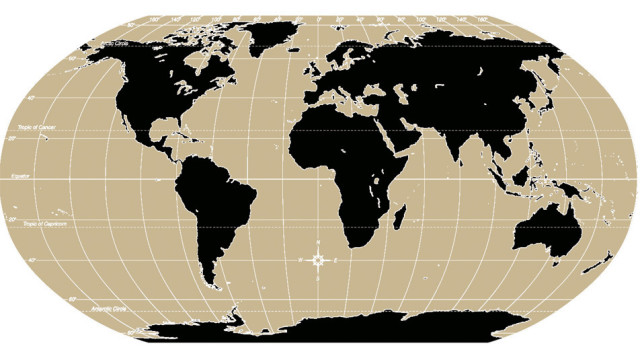
1. Pick Your Beans
Long before they’re called upon to stimulate, coffee beans begin as seeds inside cherrylike berries of a tree in the genus Coffea. The persnickety plants require specific climatic conditions to thrive: latitudes between the Tropics of Cancer and Capricorn, temperatures neither too hot nor too cold and about 60 inches of rain per year. Two main species are sold in stores. Robusta is hardier, but inferior in quality; you’ll find it in Folgers Classic Roast. For divinity, stick with arabica beans, which are used in “specialty coffees”—java with complex flavors, such as the mingling of pineapple and lemon found in a Rwanda Musasa. As with wine, each coffee-growing region’s terroir infuses its crops with certain characteristics. Although there are more than 20 major coffee-producing countries, beans from these five are readily found in Portland, and sipping their brews is a good way to start honing your palate.
{page break}
2. Know Your Roast
Get him alone with his 1986 Probat roaster, and Ristretto’s Din Johnson will tell you that coffee roasting is an art. “You’re trying to bring the coffee right to the point where it shows its best characteristics,” he says. (For the record, that is almost never a French roast; what you’re tasting is actually the burn, not the bean.) To achieve this flavor ideal, roasters consider the bean’s origins, the length of the roast, the temperature and even the type of roaster used—and remain ever vigilant throughout the process. We asked Jim Kelso, a roaster with Stumptown, to give us a demo with the SE Division St café’s 1959 Probat. Our test subjects? Coffee from the Brazilian co-op Fazenda Sertão ($13.25/lb). The beans’ flavor, says Kelso, is slightly nutty, like a lightly roasted cashew, with bright accents of a sweet lime.
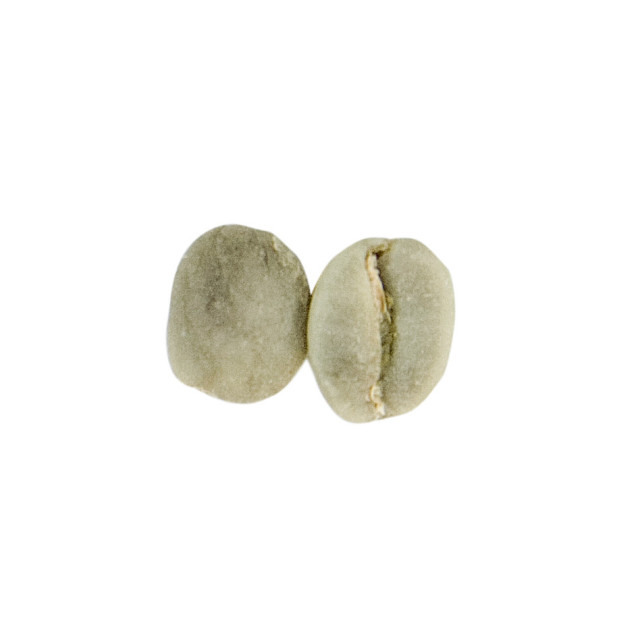
Image: Jesse Champlin,Jesse Champlin
0 MINUTES: RAW
Dull, green and mottled, the raw coffee bean enters the roasting drum at roughly 450 degrees. The coffee’s flavorful oils and sugars are yet undeveloped; if you extracted a brew from the bean now, it would taste like wood.
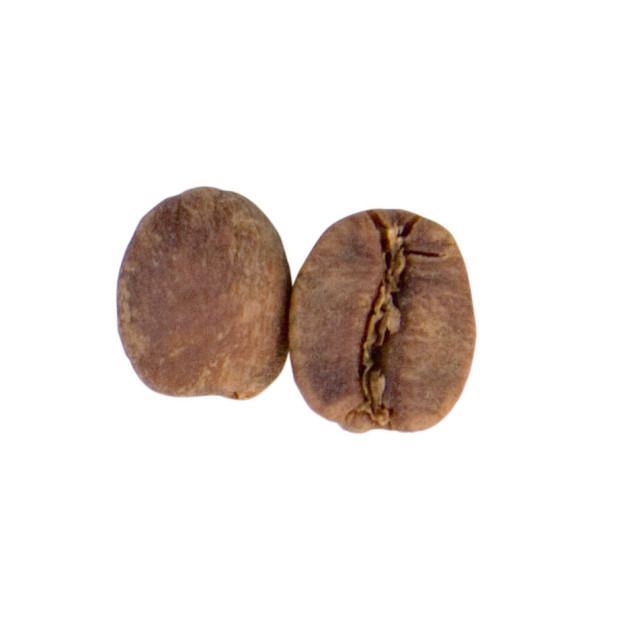
Image: Jesse Champlin,Jesse Champlin
8 MINUTES: JUST BEFORE CRACK
The bean begins to turn brown and expand as its sugars and oils heat up. In the audible pop that roasters call the first crack, trapped moisture is released as steam. At this point, our Brazilian bean’s aroma is closer to olive oil than to the rich, chocolate scent of coffee.
14 MINUTES, 30 SECONDS: PERFECTION
At second crack, the last of the water inside the bean escapes with a loud crackle, and its cellular structures begin to break down. To lock the flavorful oils inside until grinding, Kelso removes the beans just before this point.
14 MINUTES, 45 SECONDS: MEDIUM ROAST
Only a few seconds after second crack, the beans’ sugars and oils begin to caramelize (i.e., burn). While some coffees’ flavor profile calls for a slightly darker roast, it’s not ideal for our Sertão, which would smell (and taste) somewhat smoky and lose some of its complexity.
16 MINUTES: FRENCH ROAST
Roasting beans beyond second crack drives the oils out onto the surface of the bean (which is why French roasts are so shiny), where they begin to degrade as soon as they come into contact with the air. Enjoying the strong, smoky flavor of a French roast isn’t a sin, but what you’re tasting isn’t so much the coffee itself as the charred part of the bean.
{page break}
3. Educate Your Palate
Enough with the analysis. It’s time to let your palate take over—in other words, it’s time to cup. Cupping is coffee’s version of wine tasting, where you sip different coffees side-by-side, each of them prepared the same way, to make it easier to identify their distinct characteristics. The ritual can seem like overkill, but the extravagance can also be a lot of fun. The goal is to develop a familiarity with—and a vocabulary for—the flavors and feel of various coffees, and most importantly, to decide what you like best. You can cup Stumptown’s coffees, gratis, at the Annex (3352 SE Belmont) every day at 11 a.m. and 3 p.m. But if perfecting your slurp in front of strangers doesn’t appeal, you can do it at home with our simplified version of the process.
{page break}
4. Outfit Your Kitchen
Your palate schooled, beans in hand, it’s time to turn your attention to the tools you’ll need to brew—and because we are in pursuit of perfection, Matt Milletto, director of the American Barista & Coffee School in Southeast Portland (800-655-3955; www.coffeeschool.org), insists a drip pot will not do. While convenient, the paper filter blocks the oils that give coffee its flavor. (If you are a drip-pot
devotee, at least stir your grounds once during brewing to ensure that your coffee doesn’t overextract and become bitter.) Milletto helped us sort through the crowded world of java paraphernalia to come up with these at-home must-haves that will help you bring out the best in your coffee.
{page break}
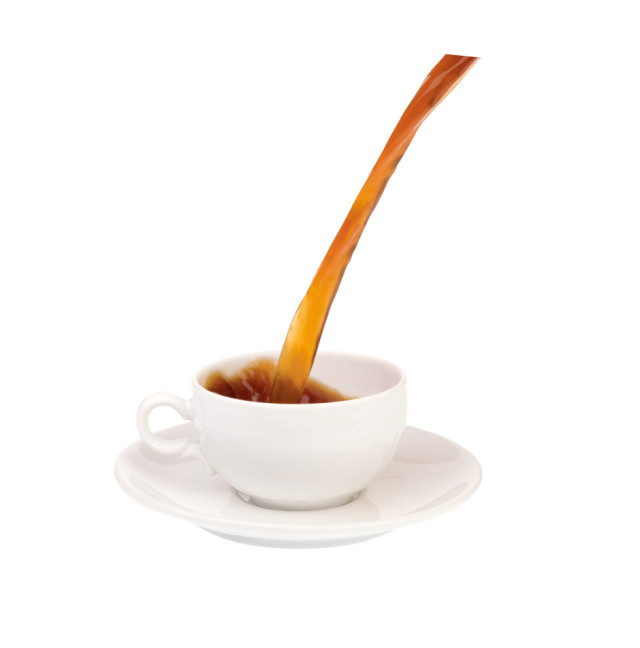
Image: Jesse Champlin,Jesse Champlin
5. Perfect Your Craft
At last, the Baptism. To prepare your beans for beatification, take care not to spoil their virtue once you get them home: Don’t store your spongelike coffee in the refrigerator, or it may absorb the essence of Sichuan pork. Commit the sin of grinding your beans too soon—like, say, the night before—and you’ll beget a flat brew infused with all the gusto of a good red wine left open overnight. While there’s nothing complex about these three coffee-making methods, perfection does require precision. Apply a little rigor to your daily ritual and watch your beans undergo their final divine transformation.



